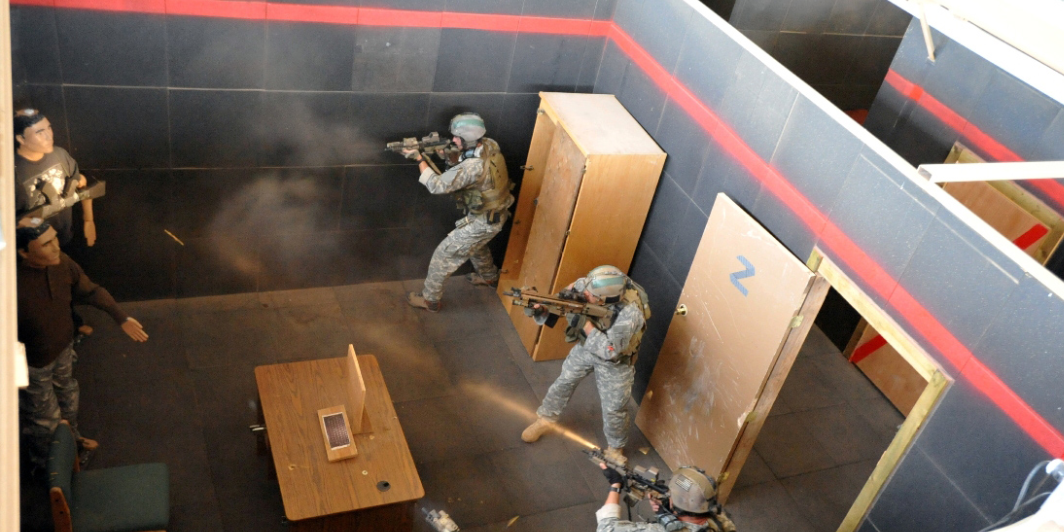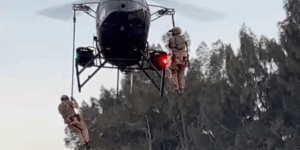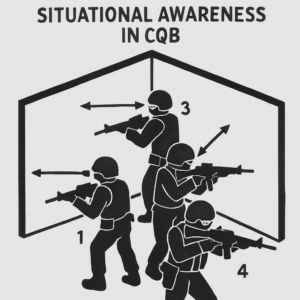CQB training is the cornerstone of preparing tactical operators for the complexities of indoor combat and confined space engagements. Close quarters battle demands precision, coordination, and decisiveness—elements that this course hones through intense practical exercises and expert-led instruction. In this post, we’ll explore why CQB training is essential, what participants will experience, and how it transforms teams into high-performing units ready for real-world scenarios.
What Makes CQB Training Vital
CQB training equips participants with advanced tactics tailored for confined spaces. These environments require a different mindset than traditional battlefield scenarios: rapid room clearance, immediate threat assessment, and fluid team movement. By focusing on these specialized tactics, the course ensures operators can identify and neutralize threats while maintaining control of chaotic situations.
Participants commit to handling high-intensity stress. CQB training simulations replicate the realities of active rooms and tight corridors, creating a dynamic atmosphere that challenges both physical endurance and mental acuity. This kind of conditioning builds the instinctive responses needed when under pressure.
Key Components of CQB Training
Room Clearing and Coordination
A major pillar of CQB training is mastering room-clearing protocols. Operators learn stack formations, how to breach doors, sweep rooms efficiently, and manage angles of exposure. This process is repeatedly drilled until each movement becomes second nature, ensuring speed and safety.
Threat Assessment on the Move
While clearing rooms, participants must continuously evaluate multiple variables: the presence of civilians, weapon concealment possibilities, and ambiguous threat behavior. CQB training techniques teach teams to pause, reset, and re-evaluate in real-time while maintaining tactical momentum.
Team Communication Under Fire
Precision communication is critical in CQB scenarios. Teams integrate hand signals, verbal brevity codes, and eye contact drills so they can relay commands instantly without alerting suspects or compromising safety. CQB training emphasizes synchronized operations, giving each team member clarity on positioning and role.
Advanced Drills and Realistic Simulation
CQB training emphasizes live-fire scenarios and force-on-force drills to bridge the gap between theory and reality. Participants will engage in hostage rescue exercises, multi-room clearances, and building searches with unpredictable variables like noise, low visibility, and simulated civilian presence. These scenarios ensure trainees can maintain situational awareness and make split-second decisions in complex environments.
Equipment-specific training is also foundational. Whether operating in ballistic-protected gear, working with door-breaching tools, or coordinating with support elements, participants become proficient with the tactical equipment they’ll depend on in live operations.
Building Confidence Through Repetition
Confidence in CQB operations isn’t theoretical—it’s earned through repetition. Participants cycle through drills, debriefs, and corrections until proficiency becomes reflexive. CQB training is structured to reinforce success and highlight areas for improvement, so by the course’s conclusion, each operator demonstrates increased speed, precision, and teamwork capability.
Real-World Success Stories
Many teams find that their performance under pressure improves dramatically after CQB training. Units that struggled with coordination in confined environments often report fewer communication breakdowns, faster clearance times, and lower risk exposure post-training. CQB training helps teams refine their standard operating procedures so tactical entries are safer and more effective.
How to Integrate CQB Training Into Your Workflow
Organizations looking to augment their tactical readiness should integrate CQB training as a recurring exercise. Ideally, teams should participate in at least quarterly CQB sessions, adjusting variables such as building complexity, scenario type, and team size. Complement this training with familiarization drills in different operational environments—schools, offices, transport hubs—to ensure adaptability across mission contexts.
Conclusion: Why CQB Training Is a Must
CQB training is not a luxury—it’s a foundational requirement for any unit tasked with close quarters operations. Through structured room clearing techniques, high-stress simulations, precise team communication strategies, and repetition-based confidence-building, participants elevate both individual skill and collective capability. To explore available CQB courses, learn more about how to engage your team in this vital preparation, and review curriculum details, visit the CQB page. Whether you're preparing for law enforcement tactical entry teams, military unit readiness, or private security assignments, this training delivers the actionable skills and operational confidence needed in high-stakes environments. Check out the CQB page to get started, explore course modules, and secure your spot.




